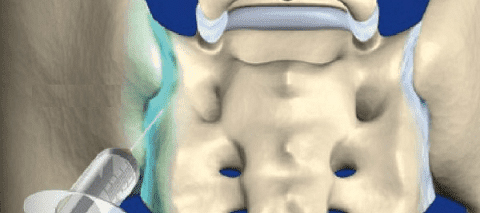Sacroiliac Joint Injection
The Sacroiliac Joint is located between the sacrum (which supports the spine) and the ilium bones (which support the sacrum) of the pelvis. Being the link between the ilium bones and the sacrum, this joint is responsible for transferring the weight of the upper body to the lower extremities. Sacroiliac Joint (SI joint) pain arises from degenerative changes within the SI joint which may cause inflammation.
 Diagnosing
Diagnosing
SI joint injections may be used as a diagnostic evaluation. If the pain decreases significantly after the injection, this helps to verify the joint as a source of pain. Injections may provide temporary pain relief or the pain may remain reduced for a long period of time.
Treatments
- Anti-inflammatory medication
- Physical therapy
- Chiropractic care
- Activity modification
- Injections
What to Expect

Once you have decided to have the injection:
- Do not eat or drink anything after midnight prior to your joint injection.
- Discontinue all medications after midnight before your joint injection. If you are on routine medications for heart, blood pressure or diabetes, you can take your medication as usual the morning of your injection with a sip of water.




The procedure will take about 30 minutes.
- You will be lying on a table in a procedure room.
- The skin in the area where the joint injection will be made will be cleaned.
- A local anesthetic will be used to numb the area of the injection.
- Fluoroscopy, a method used to make images, will be used as the physician passes the needle into the SI joint.
- A mixture of anesthetic and a steroid (similar to cortisone) is injected into the SI joint(s).




It is important that you have someone to drive you home.
- You will be in a recovery room for about 30 minutes.
- It is common to experience an increase in pain once the numbing medicine wears off.
- The steroid does not become effective for 24-36 hours.
- Activity should be restricted for the first 4-5 days after the joint injection.


 Diagnosing
Diagnosing